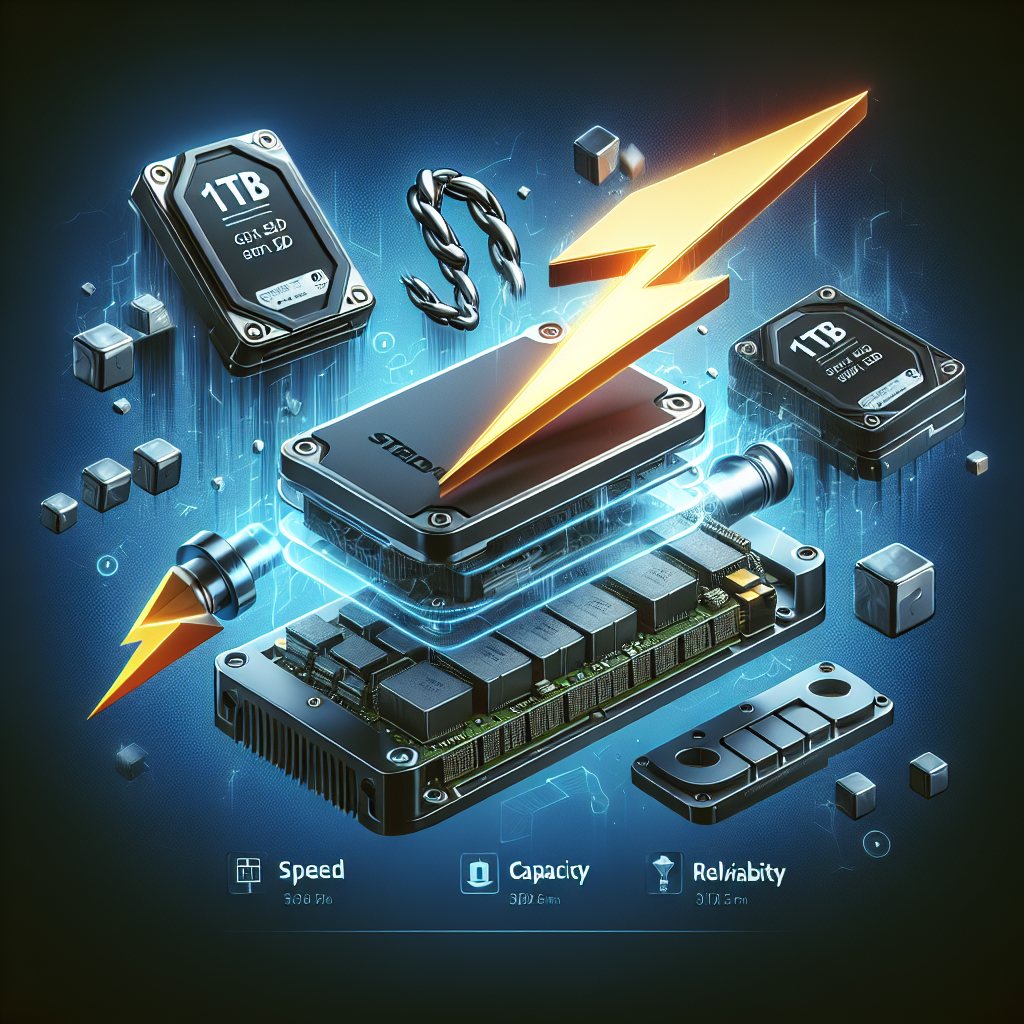Data centers are the backbone of modern businesses, providing the infrastructure needed to store, manage, and process large amounts of data. With the increasing reliance on digital technologies, ensuring the reliability and uptime of data centers is crucial for organizations to maintain their operations and meet the demands of their customers.
One way to enhance the reliability of data centers is through predictive maintenance. Predictive maintenance is a proactive approach to maintenance that uses data and analytics to predict when equipment is likely to fail, allowing organizations to address issues before they cause downtime or disruptions.
By implementing predictive maintenance strategies, data center operators can identify potential issues early on and take corrective actions to prevent failures. This can help reduce the risk of unexpected downtime, minimize the impact on business operations, and improve the overall reliability of the data center.
There are several key components to ensuring the success of predictive maintenance in data centers. First and foremost, organizations need to have access to the right data and analytics tools to monitor the performance of their equipment and identify potential issues. This includes collecting data on key performance indicators such as temperature, humidity, power usage, and equipment runtime.
Additionally, organizations need to invest in the necessary sensors and monitoring devices to gather real-time data on the condition of their equipment. These sensors can provide insights into the health and performance of critical components, allowing operators to detect abnormalities and take proactive measures to address them.
Furthermore, organizations should leverage advanced analytics and machine learning algorithms to analyze the data collected from sensors and predict when equipment is likely to fail. By using predictive analytics, operators can identify patterns and trends that indicate potential issues, allowing them to schedule maintenance activities at the most optimal times.
In addition to using predictive maintenance for individual equipment, organizations can also apply predictive maintenance to the entire data center infrastructure. By analyzing data from multiple sources, such as servers, storage systems, and cooling units, operators can gain a holistic view of the data center environment and identify potential risks that may impact overall reliability.
Overall, predictive maintenance is a powerful tool for ensuring the reliability of data centers. By leveraging data and analytics to predict equipment failures and take proactive measures to address them, organizations can minimize downtime, improve operational efficiency, and enhance the overall performance of their data center infrastructure. With the increasing complexity and scale of data center environments, predictive maintenance is becoming an essential strategy for organizations looking to maintain the reliability and uptime of their critical infrastructure.










